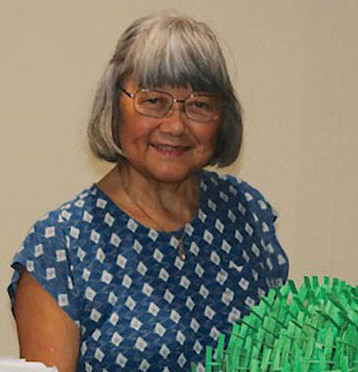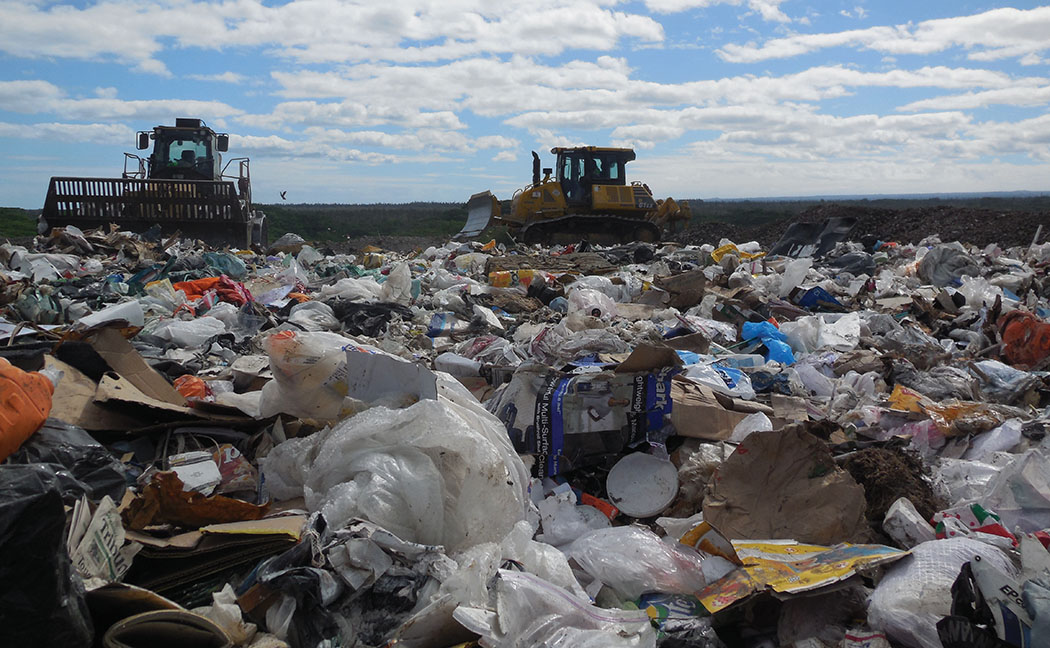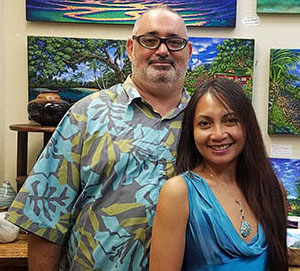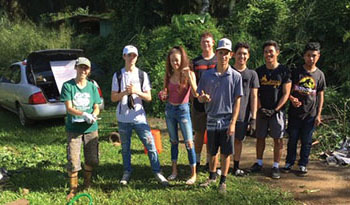
Mālama Mokupuni—Caring for Our Island Environment: A Plastic-y Solution in Compost
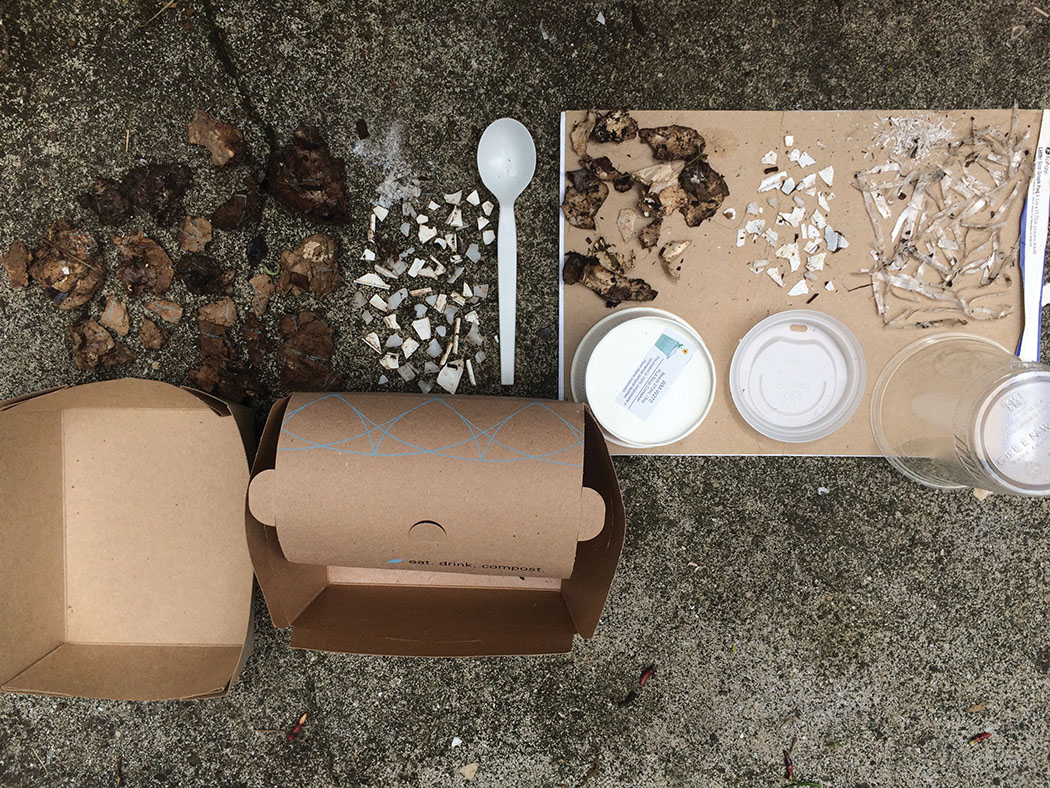
By Julia Meurice
Ever heard of bioplastics? Though derived from corn or sugar and labeled “commercially compostable,” they are not accepted at composting facilities on Hawai‘i Island. Sadly, many of these products end up in landfills. Over the past year and a half, solutions have been brewing—in the form of teeming microbes and curious young minds.
Early Ideas Ferment
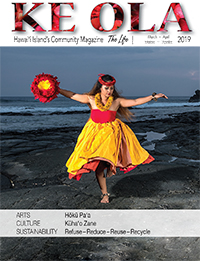
Karen Rosen, co-owner of the Kohala Coffee Mill in Hawi, is an advocate of recycling, zero-waste, and eco-friendly initiatives at the community and business scale. In the summer of 2017, when Karen met Julia Meurice, the two started working together to address bioplastic wastes the mill was generating. Julia, an environmental scientist working for the Pacific Island Division of environmental company Lynker, had been studying microplastic buildup on Hawai‘i’s shorelines. The two saw the potential to bring the plastic dilemma into the classroom.
Science teacher Marcus Douglas, who leads advanced placement (AP) classes at Kohala High School, was a natural ally and eager to get his students involved with local environmental issues. In partnership with Marcus, Karen and Julia applied for and received a 2018–2019 County of Hawai‘i grant through the North Kohala Community Resource Center. The grant funding allowed them to create a program for AP students called Wastestream: Bioplastics Composting.
“The goal of applying for the County grant was to bring soil science and the challenges of solving real-world problems to our youth,” says Karen. She points out that rural Hawi faces the same waste management problems as many small towns in Hawai‘i. “We’re tasked with coming up with an alternative.”
Tackling the Tough Questions
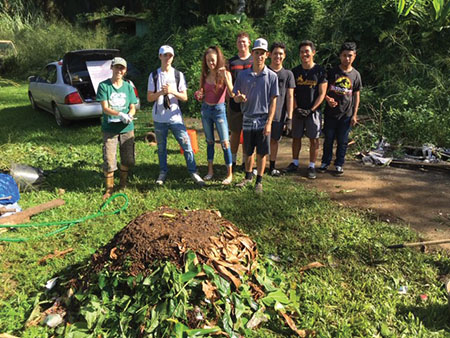
Now, the 18 juniors and seniors in Marcus’s spring 2018 AP environmental science class were asked: how can we use compost to turn a plant-based product back into soil for our community? Guided by Julia, they learned about the difference between bioplastics and regular plastic, how to identify microorganisms, and how to use and operate microscopes.
A longtime advocate of hands-on learning, Marcus could see the unique opportunity. “Students engaged in real-world science like bioplastics and composting are empowered to solve local and global environmental problems,” he says. “These experiences act as catalysts driving their discovery and problem-solving processes.” As a result, three AP students went on to win in the Best Agricultural Project Category that spring at the 2018 Kohala Science Fair.
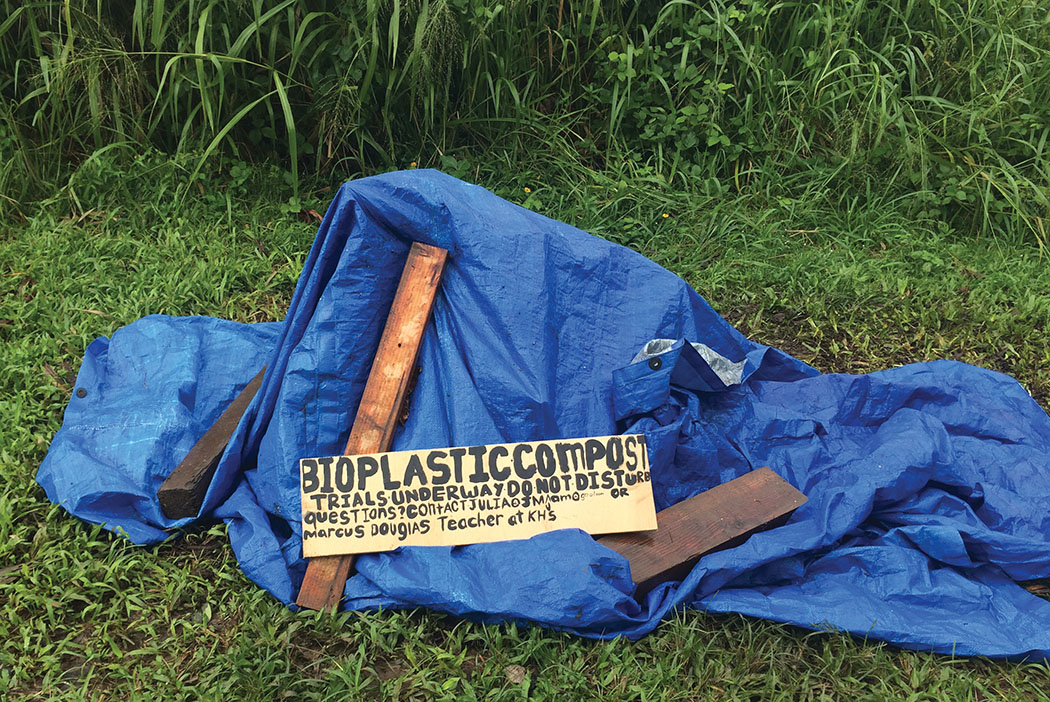
Heating It Up
In the 2018–2019 school year, eight dedicated AP biology students have continued the Bioplastics Composting investigation. A generous grant by the THINK Fund of the Hawai‘i Community Foundation equipped them with bacteria identification guides and microscopy supplies to culture microorganisms.
During the fall semester, the class engaged in 12 hands-on laboratories using professional field standard microbiology techniques. They built a compost pile from scratch, adding mesh bags of bioplastics pre-treated with effective microorganisms (EM) to the pile’s center. For two weeks, they observed decomposition and collected data such as pH and temperature. “I’ve learned that compost piles can rise to temperatures over 100°F. It surprised me with the amount of heat it can create,” says student Sierra Shaw.
Leaders of Tomorrow
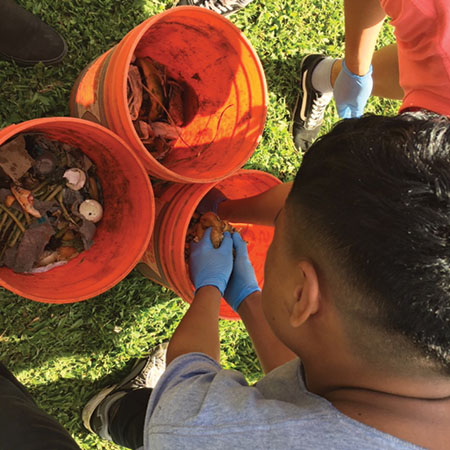
This spring, the students are conducting their own research in preparation for Kohala High School’s 2019 Science Fair on Saturday March 2. “Science fair is an amazing showcase of innovation and problem solving that calls on the student to teach the community how and why to live mālama pono [taking good care of],” says Marcus (aka Mr. Douglas), who coordinates the fair.
“It’s encouraging to have high school students trying to sort their way through the problem and test ideas,” says Karen, a past science fair judge. “And it’s humbling to bring this question to the people who are going to inherit this problem.” Solutions may very well rest with students like William Touchet, who based his capstone senior project on his involvement with the research. “I’ve been grateful to have the opportunity. It’s something I believe will be helpful for the future.” Will plans to attend college on the mainland in fall 2019.
E Ala E Nā Paniolo! (from Kohala High School—Rise to the Challenge, Cowboys!). ❖
Julia Meurice, Lynker Technologies, Inc./NOAA Affiliate, Hawai‘i Island Pacific Islands Region
